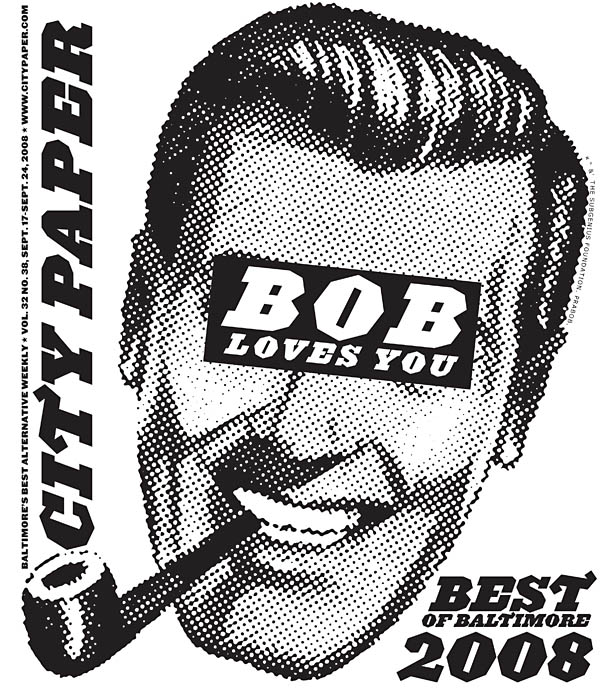
Show Times:
TUESDAY, FEBRUARY 16 at 7 PM
THURSDAY, FEBRUARY 18 at 9 PM
1973 George Lucas. Richard Dreyfuss, Ron Howard, Paul Le Mat, Charles Martin Smith, Cindy Williams, Mackenzie Phillips, Wolfman Jack, Bo Hopkins, Harrison Ford, Johnny Weissmuller, Jr., Joe Spano, Suzanne Somers. 112m. Technicolor.

"The Charles Theatre revival series this week offers its loyal but frigid audiences the closest they can come right now to Grade A cinematic comfort food: George Lucas' 'American Graffiti.'
George Lucas' memories of growing up with carhops, cruising, hot rods and hoods produced a film 37 years ago that sent the whole country into an early-1960s flashback. Its in-and-out, vignette style, and its nonstop rock-oldies soundtrack, quickly became standard issue for teen movies. Some of Lucas's characters - the nerd (Charlie Martin Smith), the deceptively 'dumb' blonde (Candy Clark), the hot-rodder (Paul Le Mat) - were stock figures even in 1962, the year in which the story takes place. But Lucas reanimates the cliches, using them to externalize and flesh out the cruising mind-set of his teen era. He gets at the archetypal bonds and tensions between eternal high school types like the brainy semi-outsider ( Richard Dreyfuss) and the sharp yet inertia-prone class prez ('Ronny' Howard). And the rock-and-roll moviemaking rhythms give 'Graffiti' a souped-up engine all its own. This 1973 movie recaptured the idea of teen years being fun - a notion that has since gotten way out of hand.

The uncanny casting, including Harrison Ford as Paul Le Mat's nemesis and Suzanne Somers as Dreyfuss' dream girl, doubly ensures this film's place in history. By now, it too is a nostalgic memory - not just for the supposedly innocent time of 1962, but for the seat-of-the-pants innovations of early-1970s moviemaking. The Dolby Digital prints allow you to appreciate how Walter Murch's sound montages woke a generation on the rise to the power of the soundtrack. He uses classic rock 'n' roll in ways it had never been used before. It becomes the natural sound of a small-town California night - more natural than crickets or coyotes. Murch and Lucas don't just exploit rock to set a mood; they use it to fix the movie's meanings in a viewer's mind, like a Greek chorus with a beat. At times, the sound alone makes us feel as if we're in the middle of a giant, rainbow-colored jukebox.
But the filmmakers also know how to blow away that aural mist to exploit silence and sound effects - usually in places where conventional movies would use a musical score to pound home emotional tension or crises in the plot. When Dreyfuss has to sneak a hook onto the undercarriage of a police car in order to prove himself to a gang known as the Pharoahs, the rock 'n' roll subsides. All you hear is the nerve-rattling sound of an approaching train. A year before, the sound of an unseen train had worked for Michael Corleone's murder of a rival mobster and a crooked cop in 'The Godfather.' In a different manner and context, it works just as brilliantly here.

Cinematographer Haskell Wexler has said that 'what was groundbreaking' for him was that 'we were able to use documentary techniques, we were able to use smaller equipment, we were able to work in a simpler way and still have what ultimately was on the screen be interesting and good.' These days, Lucas is known for digital wizardry. He did some latter-day digital touch-ups on 'American Graffiti,' too. But what makes this movie click was the edge the actors got from knowing that Lucas was seizing on their most spontaneous reactions - including their stumbles and 'mistakes.'" (Michael Sragow, The Baltimore Sun)
"A brilliant work of popular art" (Dave Kehr)






